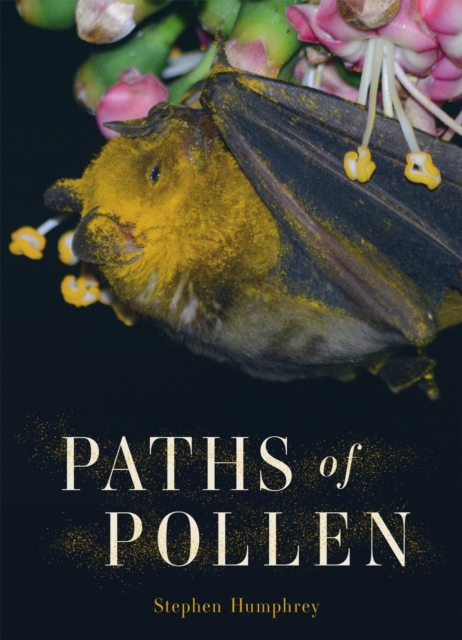
Paths of Pollen PDF
by Stephen Humphrey
Description
A tiny organism called pollen pulls off one of nature's key tasks: plant reproduction. Pollination involves a complex network of different species interacting with one another and mutually adapting to their ecosystems, which are constantly changing.
Some pollen grains require just a puff of wind to set them in motion, but most plants depend on creatures gifted with mobility. These might be birds, bats, reptiles, or insects including butterflies, beetles, flies, wasps, and over twenty thousand species of bee. In Paths of Pollen Stephen Humphrey asks readers to imagine a tipping point where plants and pollinators can no longer adapt to stressors such as urbanization, modern agriculture, and global climate change. Illuminating the science of pollination ecology through evocative encounters with biologists, conservationists, and beekeepers, Humphrey illustrates the significance of pollination to such diverse concerns as food supply, biodiversity, rising global temperatures, and the resilience of landscapes.
As human actions erase habitats and raise the planet's temperature, plant diversity is dropping and a growing list of pollinators faces decline or even extinction. Paths of Pollen chronicles pollen's vital mission to spread plant genes, from the prehistoric past to the present, while looking towards an ecologically uncertain future.
Information
-
Download - Immediately Available
- Format:PDF
- Publisher:McGill-Queen's University Press
- Publication Date:15/10/2023
- Category:
- ISBN:9780228019602
Other Formats
- Hardback from £23.19
Information
-
Download - Immediately Available
- Format:PDF
- Publisher:McGill-Queen's University Press
- Publication Date:15/10/2023
- Category:
- ISBN:9780228019602






